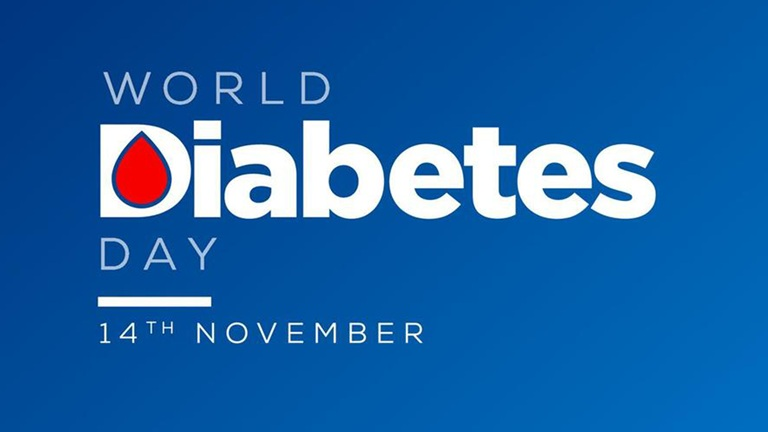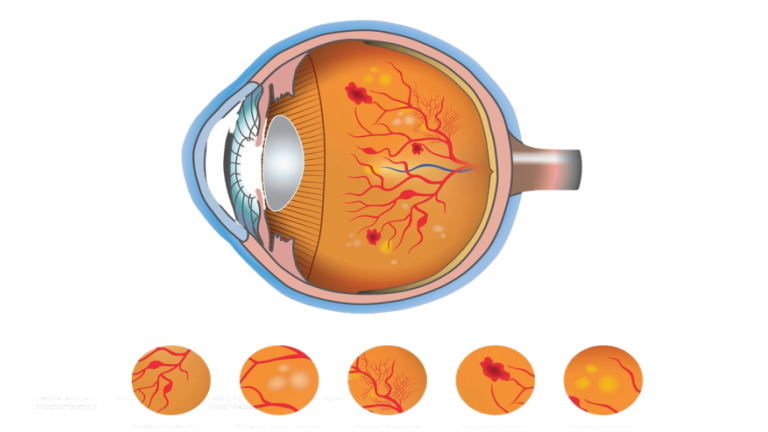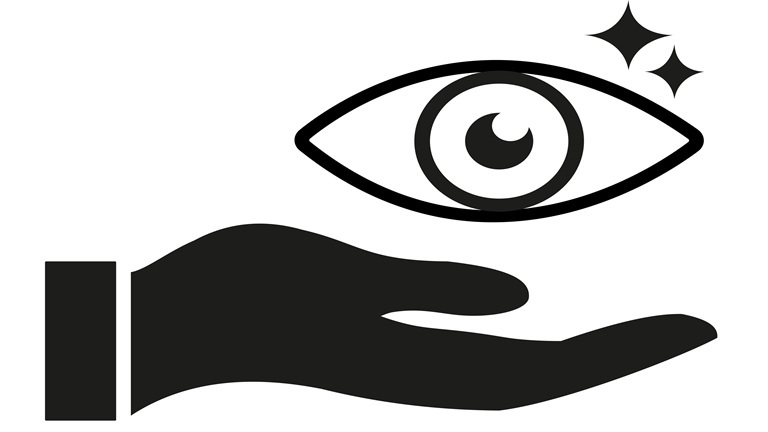Glaucoma: The Silent Thief of Sight – Types, Symptoms & Treatment Options in Bangalore | Sri Eye Care
Jun 20, 2025

Glaucoma often creeps in without warning—silently damaging vision until it's too late. Learn how to spot it early and protect your sight for life.
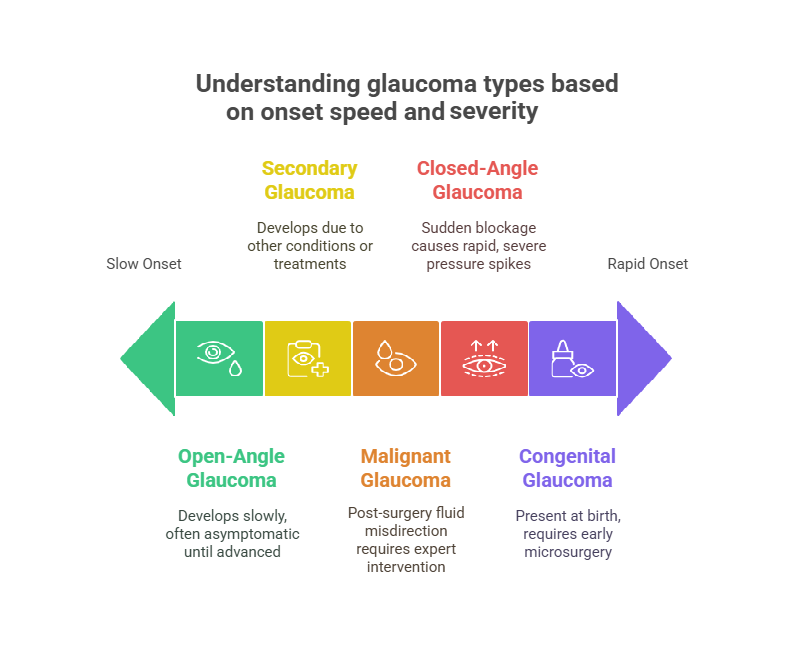
Glaucoma is not a single disease but a group of eye conditions that damage the optic nerve, often due to increased intraocular pressure (IOP). Commonly known as the "silent thief of sight", glaucoma can cause irreversible vision loss without showing symptoms in the early stages.
Regular eye checkups are essential for early detection and long-term eye health.
Understanding the Different Types of Glaucoma
1. Open-Angle Glaucoma (Chronic)
- Accounts for 90% of all cases.
- Caused by gradual clogging of drainage canals leading to increased eye pressure.
- Develops slowly and painlessly with no early symptoms—vision loss is often noticed late.
- Risk factors: Age over 40, family history.
2. Closed-Angle Glaucoma (Acute)
- A sudden blockage of drainage channels by the iris causes a rapid rise in IOP.
- Symptoms include severe eye pain, headache, nausea, halos, and blurred vision.
- Requires emergency laser treatment (iridotomy) to prevent blindness.
3. Congenital Glaucoma
- Rare condition present at birth due to abnormal eye development.
- Symptoms in infants: cloudy corneas, sensitivity to light, excessive tearing.
- Early microsurgery is vital, ideally within 3–6 months of diagnosis.
4. Secondary Glaucoma
- Caused by other conditions or treatments such as:
- Long-term steroid use
- Diabetes or uveitis
- Eye trauma or advanced cataracts
- Treatment focuses on managing IOP and the underlying issue.
5. Malignant Glaucoma (Aqueous Misdirection Syndrome)
- A rare postoperative condition where fluid misdirection increases pressure behind the iris.
- Common in patients with prior angle-closure glaucoma.
- Requires urgent expert care to prevent permanent damage.
Important Note: Normal-Tension Glaucoma occurs even when IOP is normal—underscoring the importance of complete eye exams, not just pressure checks.
Glaucoma Risk Factors You Shouldn’t Ignore
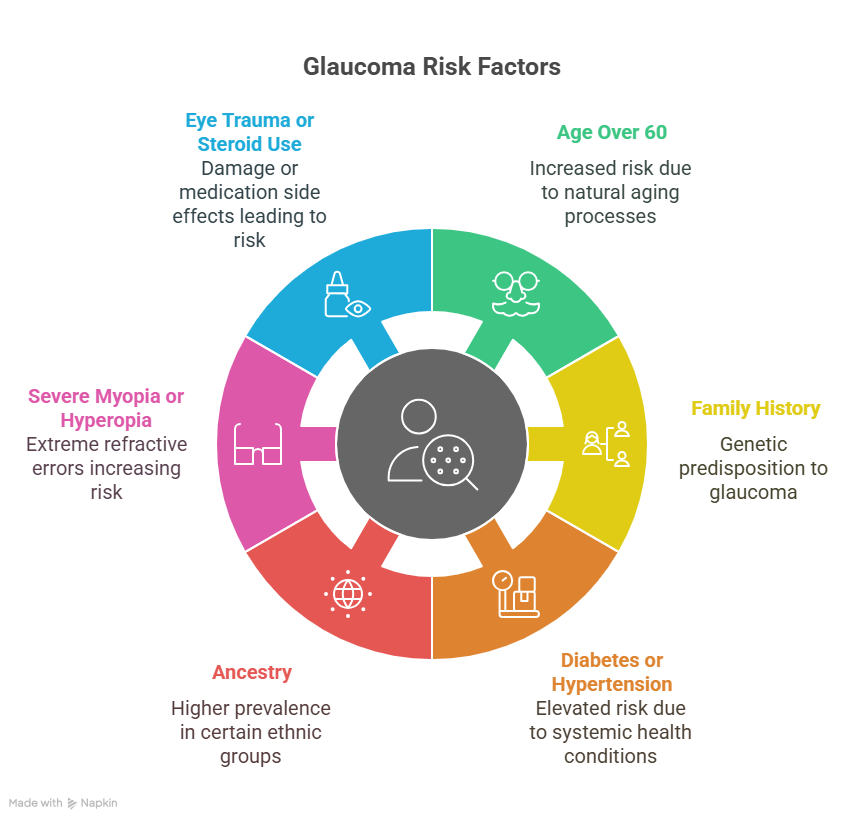
- Age over 60
- Family history of glaucoma
- Diabetes or high blood pressure
- Ethnicity: African, Asian, or Hispanic
- Severe nearsightedness or farsightedness
- Past eye injuries or prolonged steroid use
Fact: Glaucoma can cause up to 40% vision loss before any noticeable symptoms appear.
Advanced Glaucoma Diagnostics at Sri Eye Care
- Tonometry – Measures intraocular pressure (IOP).
- OCT Scan – High-resolution imaging of the optic nerve.
- Visual Field Test – Detects loss of peripheral vision.
- Gonioscopy – Examines drainage angle structures.
- Corneal Hysteresis – Assesses corneal resistance and flexibility.
Breakthrough Treatments That Protect Vision
- Eye Drops – Latest medications like prostaglandin analogs and rho kinase inhibitors.
- Laser Therapy – SLT (Selective Laser Trabeculoplasty) for open-angle cases.
- MIGS (Minimally Invasive Glaucoma Surgery) – Options like iStent®.
- Trabeculectomy – A surgical drainage solution for advanced glaucoma.
- Combination Surgeries – Glaucoma and cataract addressed together for convenience and quicker recovery.
Glaucoma Care at Sri Eye Care – Look Forward to Clearer Tomorrows
Glaucoma doesn’t have to mean vision loss. At Sri Eye Care, we offer:
- Advanced tools for early detection
- Modern, minimally invasive treatments
- Specialized care for all ages
- Long-term follow-up and prevention plans
“With glaucoma, every month of delay increases the risk of irreversible damage. Our mission is to act early and protect your vision.”
— Dr. Shilpa N, Head of Glaucoma Services, Sri Eye Care
Take Action Today
✅ Book Your Glaucoma Treatment In Bangalore
📞 Call: 080-6821-2843 | Visit www.srieyecarehospital.com
Sri Eye Care – Trust us for a future with clearer vision.
